How Did We Get Here? The Tangled History of the Second Law of Thermodynamics
Stephen Wolfram
JANUARY 31, 2023
But by the end of the 1800s, with the existence of molecules increasingly firmly established, the Second Law began to often be treated as an almost-mathematically-proven necessary law of physics. There were still mathematical loose ends, as well as issues such as its application to living systems and to systems involving gravity.


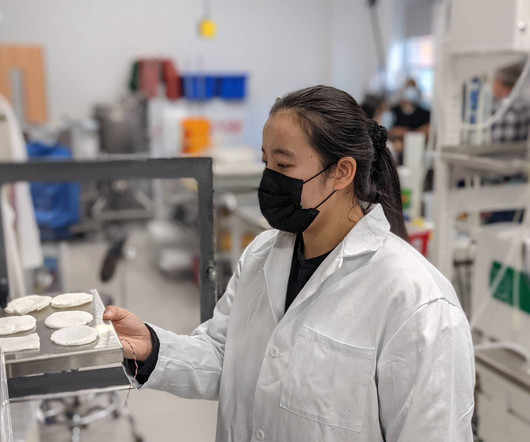
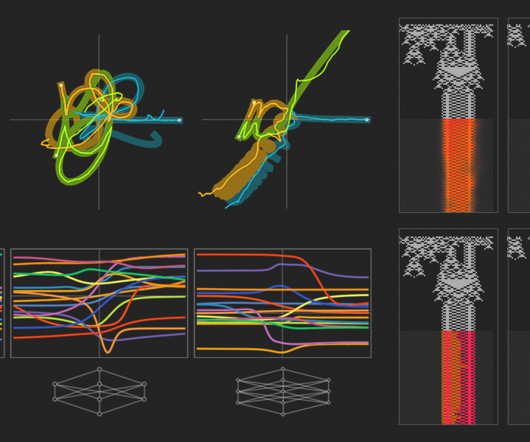

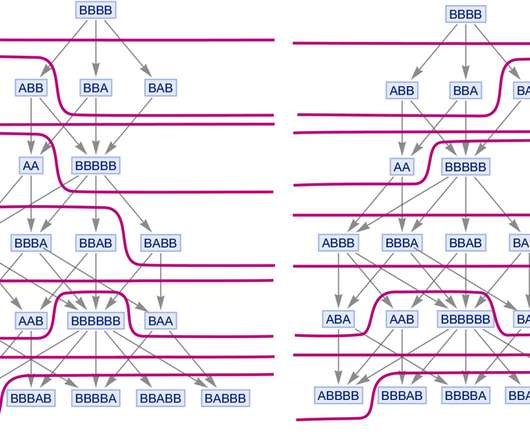
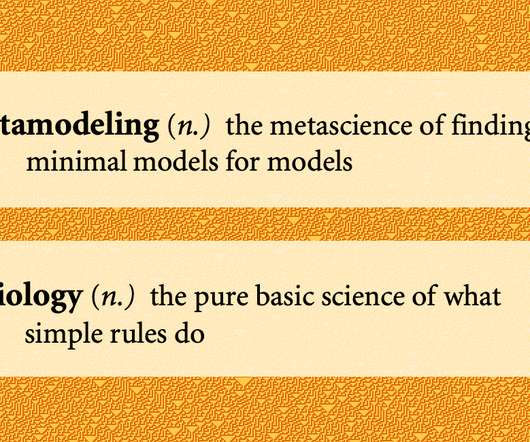


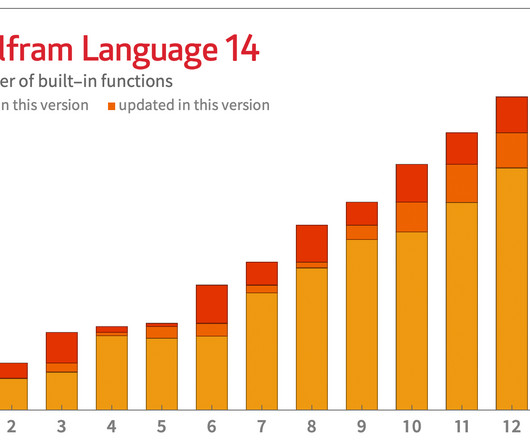






Let's personalize your content